During Wind Concerns’ half-hour face-to-face meeting with Alberta Premier Danielle Smith on January 26th, she asked what our response is to the argument that landowners simply have the right to put up massive wind turbines on their property if they so choose.
And that is true — presently, they do have that right. But I responded that, if I decide to erect a 200m noisy ferris wheel on my property, do I have that right? I doubt it — it would probably violate some zoning law. Likewise, if I decide to build a 12-foot high fence between my neighbour and I in the city, that would probably fly in the face of regulations as well. In fact, you can hardly extend the deck off your house without requiring a permit.
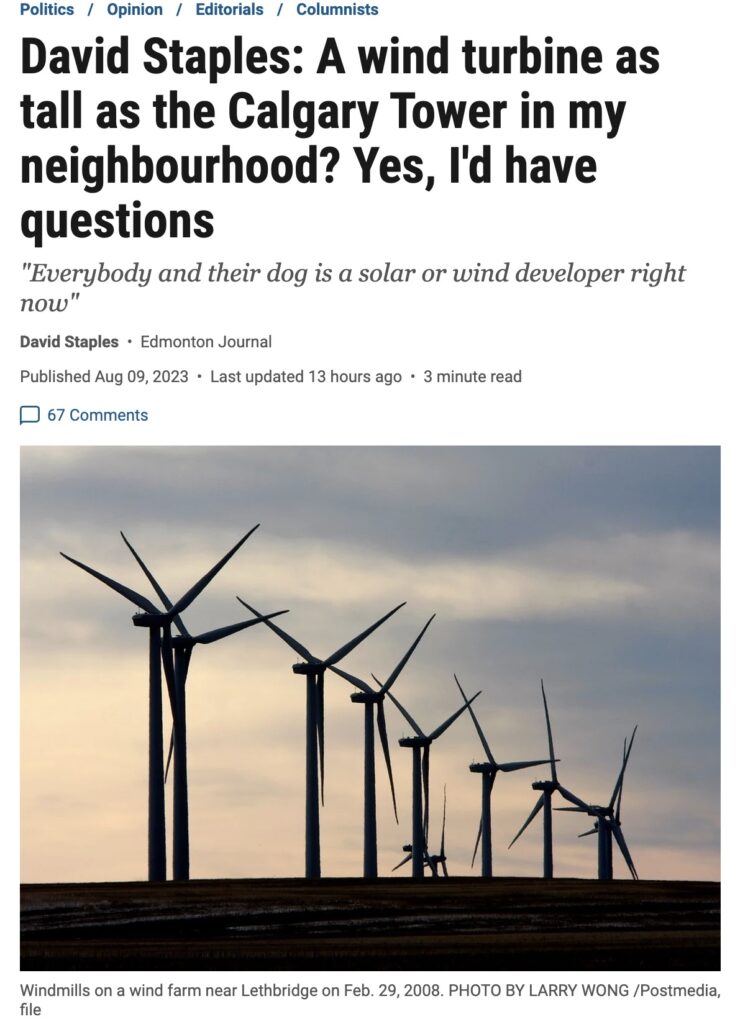
Yet, when it comes to wind turbines, now exceeding 200m from ground to blade tip, it appears there are virtually no rules at all. The Alberta Utilities Commission, notorious for rubber-stamping wind projects in the province, doesn’t even seem to hold these wind corporations accountable for the mass slaughter of birds, bats and even insects. (Ironically, find one bird in an oil sands tar pond, and it’s an international headline. There seems to be one set of standards for wind, and another for oil).
In fact, there isn’t even a setback distance from people’s homes required for these massive turbines — only a limit on the noise they can generate.1 And never mind that wind factories are allowed to take up massive amounts of prime farmland; that they dry out soil, disturb groundwater, and even drive away earthworms. Never mind that these monoliths destroy pristine views from as far away as some 60km.2 And never mind that they are proven to harm animal and human health.
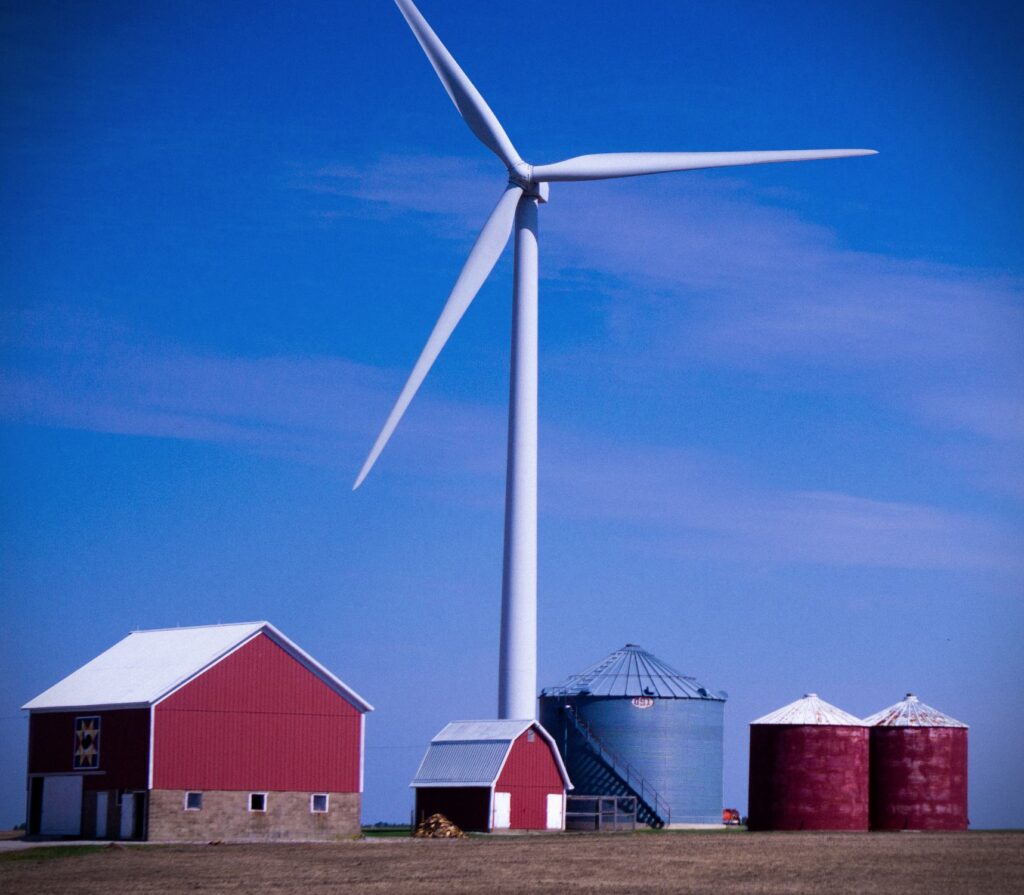
But if a landowner wants to host them? No problem. Signed, sealed, rubber-stamped.
It’s perhaps one of the most grotesque, wholesale violations of entire communities since the boom in the 70’s when oil companies were permitted to enter onto generational farms and drill at will, whether the landowner wanted them to or not. Those are bad memories for some families — but a lesson hardly learned decades later.
In fact, you can’t even compare an oil well tucked away in the corner of a property to these environmentally hazardous wind turbines that stand a fifth of a kilometer into the sky. “It’s one thing to have an oil well on farmland, but thousands of back-to-back solar panels is a different story,” said Paul McLauchlin, President of Rural Municipalities of Alberta, who warned that these massive “green” projects are dividing communities. “This has happened so fast … there’s wind turbines going down in Vulcan County that are taller than the Calgary Tower.”
It’s tearing communities apart.
Paul McLauchlin, President of Rural Municipalities of Alberta, December 22, 2022, Western Producer
While Wind Concerns has focused almost solely on the renowned callousness and industry-wide reprehensible behavior of wind corporations, we have said little about the landowners who actually agree to host these turbines.
After all, without them, Big Wind has no where to go.
When Good Neighbors Go Bad
Sadly, greed is a major factor in enticing some landowners to sign contracts (contracts that, as we have discovered, many later regret; see: What Have I Done?). Rumor has it that current wind projects are presently awarding as much as $15,000 per turbine to landowners who host them. So not only are some being paid off with your federal tax dollars, but they are even publicly boasting of their “windfall.”
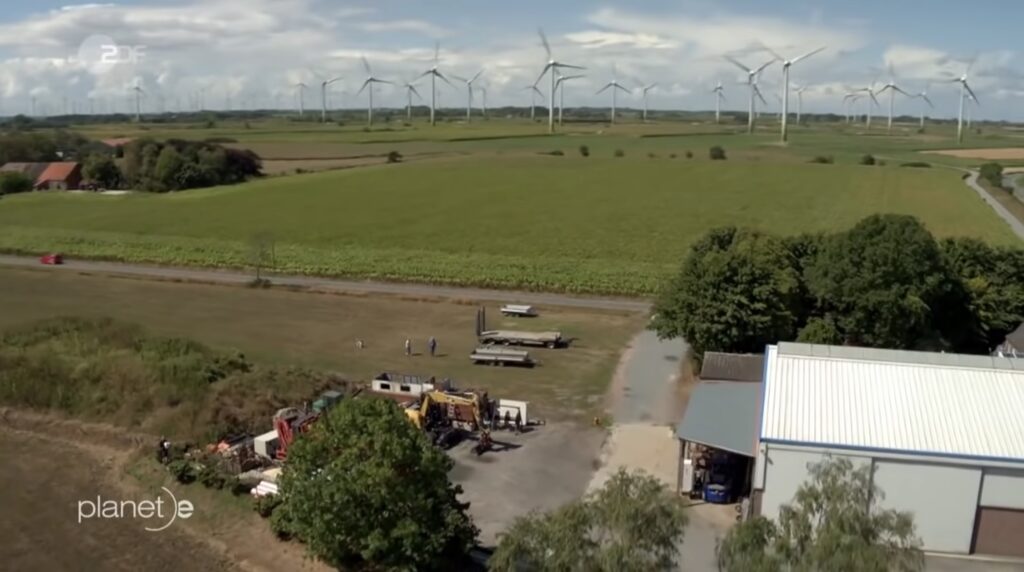
Chris Habiak was at the center of stopping a project north of Elk Point, Alberta last year. “People were furious that their neighbors were selling out on them, quietly signing contracts behind their backs without giving the community a say,” he recounts. When one landowner was confronted by angry neighbours, the man boasted that he could care less, adding: “The money I’ll be making from this is my retirement. It’s my land and I can do whatever I want on it.” Except some families, such as Habiak’s, would be surrounded by no less than five massive turbines — with no say, no compensation, no protection.
Likewise, I spoke with a farmer who is opposed to the Elemental Energy project proposed south of Elk Point. He confronted one landowner who has agreed to host several turbines, and asked why he would do this to the some 50 families in the area who clearly reject the project. His reply was much the same: he was going to cash in and couldn’t care what people thought. The farmer was shocked and disgusted by the greedy response.
“It is getting very heated out there,” said McLauchlin.
In both cases, neighbors didn’t take the smugness lightly. Some have now refused to rent their farmland any longer to those hosting turbines. Another resident called a car dealership, who were willing to host a turbine on rural land that they owned, and refused to purchase vehicles from them. Others have simply broken off communication.

It’s sad, but predictable. Given that numerous independent real estate surveys have found that property values in a region can drop by as much as 20-40%3 — or homes even become unsaleable — the decision of a few greedy landowners can have serious multiple impacts on their neighbors who live miles away.
But the short-sighted money-grab of some landowners has come back to haunt them, and rather quickly. Wind Concerns has spoken to or heard from several turbine hosts who now regret their decision — not only the bad blood they’ve created with neighors but the noise they now have to live with, the colossal disruption to their land and roads, poor reclamation of their soil post-construction, and in some cases, being left with the bill to fully reclaim the land once the wind company has long gone.
But some landowners are pawns themselves. Some told us they were outright lied to by wind turbine salesmen. A well-known tactic is to say to a potential host, “All your neighbor’s signed up, so you might as well get something out of this too,” when in fact that hasn’t been the case. Habiak himself caught them in that lie.
Time to End The Divisions
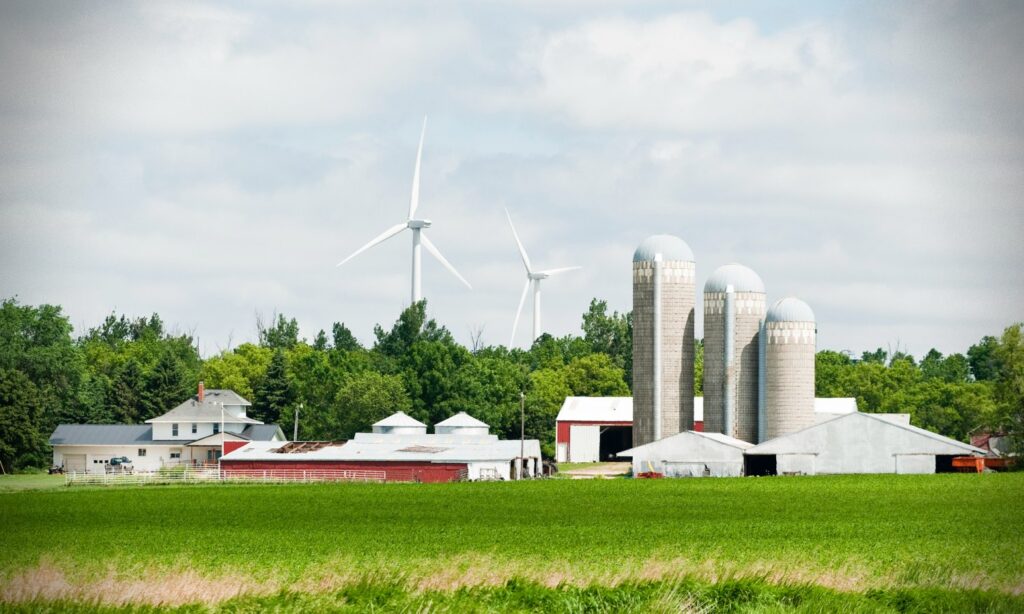
While Premier Danielle Smith told us in our private meeting that her government is moving to force so-called “green” corporations to provide a bond upfront for reclamation costs, there is little that will heal the present divisions in communities, short of simply ending the scam of further industrial wind development.
As I told the Premier, on every level, wind turbines are a disastrous option for Alberta — environmentally, health-wise, economically. They make absolutely no ecological or energy sense. Moreover, the divisions and negative impact they are having on communities may last for generations.
Some rights are not absolute. I may have the right to install a sound system in my backyard but not the right to blare it at all hours. I may have the right to own a car but not to park it on my neighbor’s lawn. The question coming to the forefront now, especially given the tragic impact wind factories continue to have on Ontarians, is actually whether anyone has the right to impose these industrial monoliths on their neighbors?
In 2011, an Ontario Tribunal declared:
…the debate should not be simplified to one about whether wind turbines can cause harm to humans. The evidence presented to the Tribunal demonstrates that they can, if facilities are placed too close to residents.
Environmental Review Tribunal, Case Nos.: 10-121/10-122 Erickson v. Director, Ministry of the Environment, July 18, 2011, p. 207
After electricity prices soared and health complaints piled up, Premier Doug Ford finally said no more, and declared a moratorium.
I’m proud that we actually saved the taxpayers $790 million when we cancelled those terrible, terrible, terrible wind turbines that really, for the last 15 years, have destroyed our energy file… if we had the chance to get rid of all the windmills, we would.
Premier Doug Ford, CBC News, November 21, 2019
In a landmark court decision in France in 2021, evidence was presented showing that exposure to industrial wind turbines is definitively associated with an increased risk of adverse health effects.
This analysis concludes that living or working near IWTs (industrial wind turbines) can result in AHEs (adverse health effects) in both people and animals.
“Wind turbines and adverse health effects: Applying Bradford Hill’s criteria for causation”, (2021) Dumbrille et. al., journals.lww.com
In 2024, we are now asking Premier Danielle Smith and her caucus to likewise finally say no to one of the most expensive, fossil-fuel-consuming, unreliable, and environmentally damaging “renewable energy” sources ever conceived.
It shouldn’t be up to greedy landowners.
- see AUC Rule 12[↩]
- “The facilities were found to be visible to the unaided eye at >58 km (36 mi) under optimal viewing conditions, with turbine blade movement often visible at 39 km (24 mi).” from “Wind Turbine Visibility and Visual Impact Threshold Distances in Western Landscapes ”, Sullivan et. al[↩]
- cf. Property Values: Gone With the Wind[↩]
Mark Mallett is a former award-winning reporter with CTV Edmonton and an independent researcher and author. His family homesteaded between Vermilion and Cold Lake, Alberta, and now resides in the Lakeland region. Mark is Editor in Chief of Wind Concerns.

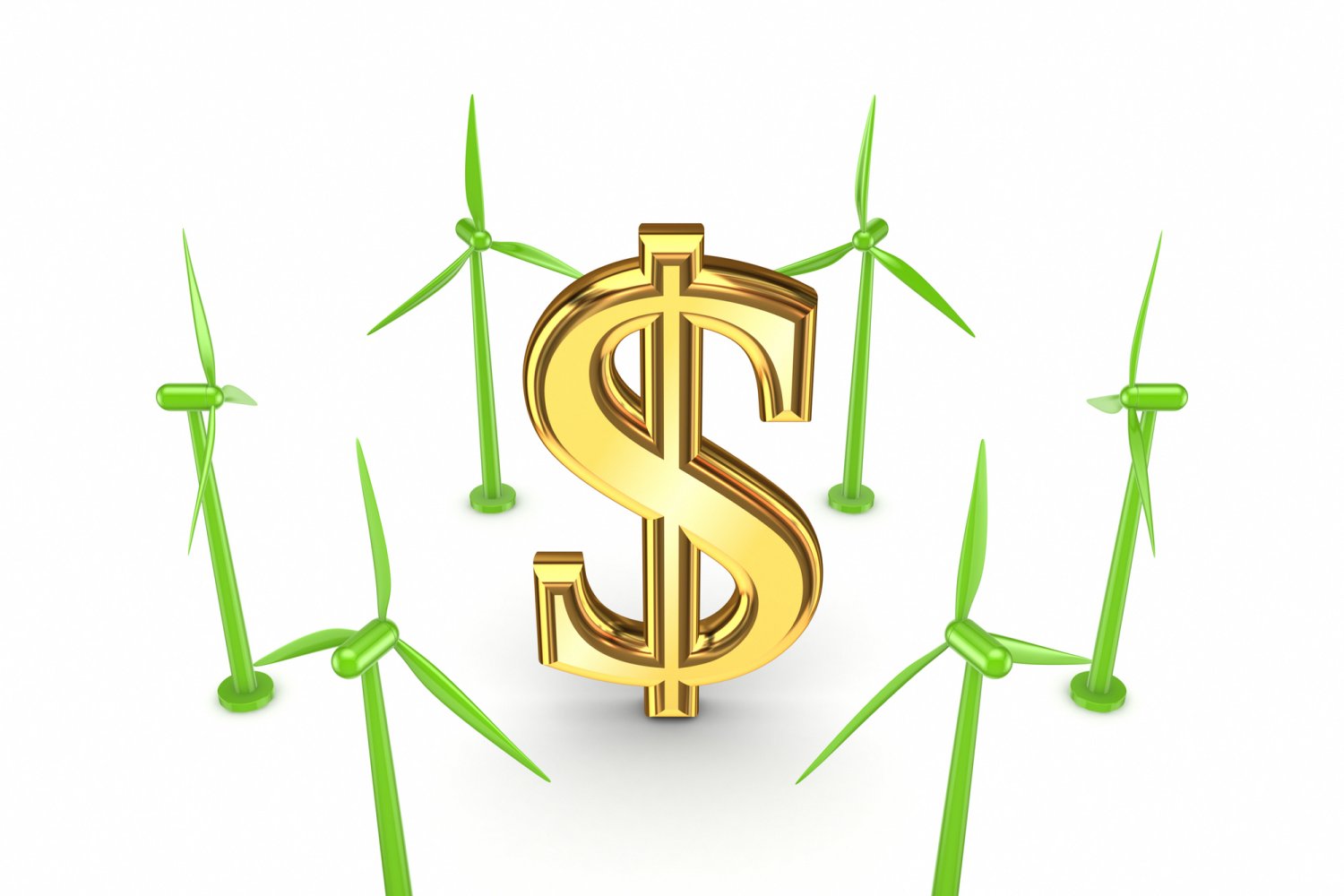

Thank you for this article, it is a reminder of what greed creates in our society. What I’ve heard on the contracts is that they’re hardly worth it, if a wind turbine is down for any reason the landowner is not making anything from it anyway. There does need to be laws on what you can do with your land if it affects neighboring property, I’m shocked that this hasn’t been a bigger issue – but I guess that’s what greed gets you. So sad.
Absentee landowners and numbered companies should be called out as well. A few landowners impacting the lives of the majority is wrong. The majority of landowners should be in favour of any of these projects. Not just a few who agree to multiple Windmills.
In addition, as a landowner you have the surface rights. You do not have mineral rights or the infinite airspace rights.
Thank God that Wind Concerns is exposing the harm that wind turbines are having on humans, animals and communities. Wind turbines are destroying the pristine environment we have in Alberta and the documented adverse health concerns to humans and animals should a clear sign to our Premier that wind turbines must be terminated.
Mark, you have such a talent for getting to the heart of a matter and, in this case, expressing its detrimental effects so well. Your neighbors must appreciate your efforts very much.
When my health is damaged, my livestock have conception problems, my well is tainted, my land value has eroded, can I sue or hold responsible my neighbor with the turbines as he allowed this to happen to be affected onto me and others? If my neighbor sprayed harmful herbicides or pesticides on my side of the fence, he would be liable for damages. Infrasound harm comes over my side of the fence. So in my opinion, my neighbor should be held to account for all compensation.
There is so many dangers to this energy production system. And we can not just claim ignorance as an excuse.
Excellent points. We will raise this with our legal counsel.